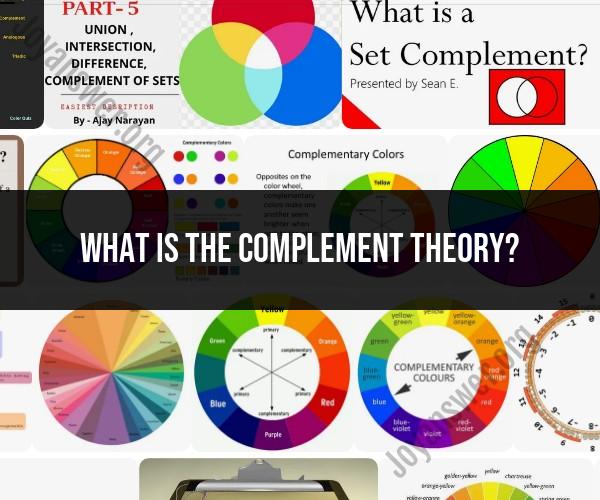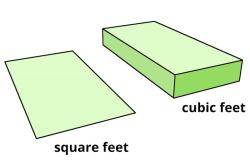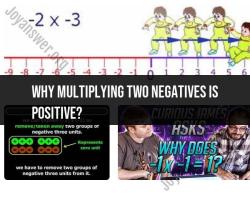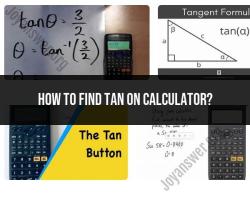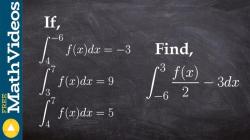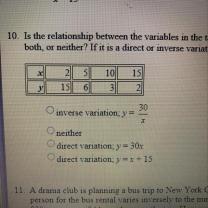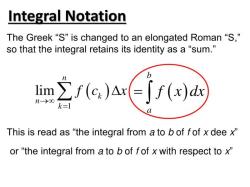What is the complement theory?
Complement theory is a concept that has various applications in mathematics, logic, and set theory. It involves the study of complements, which are essentially the elements that are not part of a given set or the negation of a given statement. Here's a comprehensive overview of complement theory:
Definition of Complement: In set theory, the complement of a set A, denoted as A', consists of all elements that are in the universal set but not in set A. In other words, A' is the set of elements that do not belong to set A.
Mathematically: A' = {x ∈ U : x ∉ A}
Boolean Algebra: Complement theory is fundamental to Boolean algebra, which is a branch of mathematics dealing with binary variables and logical operations. In Boolean algebra, complements are essential to operations like NOT, AND, OR, and XOR.
Logic: In logic, especially propositional logic, the complement of a statement is the negation of that statement. For example, if "P" is a statement, then "¬P" represents its complement.
Venn Diagrams: Complements are often used in Venn diagrams to illustrate relationships between sets. The complement of a set A is typically shown as the region outside the circle representing set A but within the universal set.
De Morgan's Laws: Complement theory is closely related to De Morgan's Laws, which are a set of rules that describe how to take the complement of a compound statement involving logical AND and OR operations. These laws are used in simplifying logical expressions.
Set Operations: Complements are used in various set operations, such as set difference and relative complement. The set difference A - B is the set of elements in A that are not in B, which is essentially the complement of B with respect to A.
Probability: In probability theory, the complement of an event A is the event that A does not occur. This is essential for calculating probabilities of either event occurring.
Applications in Computer Science: Complement theory has applications in computer science, especially in the design and analysis of algorithms, databases, and digital circuits.
Predicate Logic: In predicate logic, the complement of a predicate is the negation of the predicate, which is used to express conditions in terms of what they are not.
Negation: Complement theory is also closely related to the concept of negation, which involves stating the opposite of a given statement, set, or logical proposition.
In summary, complement theory is a fundamental concept in mathematics, logic, and computer science that involves the study of complements, which represent elements that are not part of a given set or the negation of a given statement. It plays a crucial role in various mathematical and logical operations and is essential for understanding set theory, logic, and related fields.
Complement Theory: An Exploration of its Principles
Complement theory is a branch of mathematics that deals with the complement of a set. The complement of a set A is the set of elements that are not in A. In other words, it is the difference between the universal set and the original set.
Complement theory has a number of important principles, including the following:
- The complement of the empty set is the universal set.
- The complement of the universal set is the empty set.
- The complement of the complement of a set is the set itself.
- The complement of the union of two sets is the intersection of the complements of the two sets.
- The complement of the intersection of two sets is the union of the complements of the two sets.
These principles can be used to prove a variety of theorems about sets. For example, one important theorem in complement theory is the De Morgan's laws, which state that:
- The complement of the union of two sets is equal to the intersection of the complements of the two sets.
- The complement of the intersection of two sets is equal to the union of the complements of the two sets.
De Morgan's laws are used in a variety of fields, including mathematics, computer science, and statistics.
Delving into Complement Theory: Key Concepts and Applications
Complement theory has a number of important applications in a variety of fields. For example, it is used in:
- Mathematics: Complement theory is used in many areas of mathematics, such as set theory, logic, and probability.
- Computer science: Complement theory is used in computer science in areas such as data structures, algorithms, and programming languages.
- Statistics: Complement theory is used in statistics in areas such as hypothesis testing and estimation.
Here are a few specific examples of how complement theory is used in various fields:
- In mathematics: Complement theory is used to prove the De Morgan's laws, which are used in a variety of fields.
- In computer science: Complement theory is used to design data structures such as hash tables and binary search trees.
- In statistics: Complement theory is used to calculate the probability of an event happening, given that another event has already happened.
Complement Theory in Various Disciplines: An Overview
Complement theory is a powerful tool that can be used in a variety of fields. It is used to solve problems in mathematics, computer science, statistics, and other disciplines.
Here is a brief overview of how complement theory is used in various disciplines:
- Mathematics: In mathematics, complement theory is used in a variety of areas, such as set theory, logic, and probability. For example, it is used to prove the De Morgan's laws and to calculate the probability of an event happening.
- Computer science: In computer science, complement theory is used in areas such as data structures, algorithms, and programming languages. For example, it is used to design data structures such as hash tables and binary search trees, and to develop algorithms for searching and sorting data.
- Statistics: In statistics, complement theory is used in areas such as hypothesis testing and estimation. For example, it is used to calculate the probability of observing a sample statistic, given that the null hypothesis is true.
Complement theory is a powerful tool that can be used to solve a variety of problems in a variety of fields. It is an essential part of the mathematics toolkit for many scientists and engineers.
